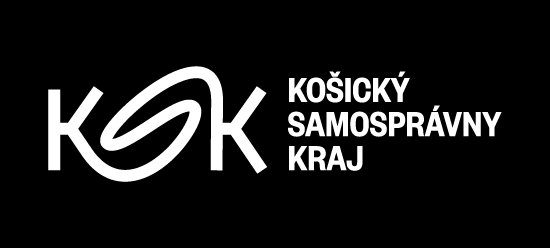Opening: 5. 5. 2022 at 18:00
Exhibition duration: 6. 5. 2022 - 28. 8. 2022
Curator: Miroslav Kleban
Space C, Hlavná 27, Košice
This small-scale presentation of the works of Jozef Kornucik (1938 – 1977) is an exhibition intervention or an exhibition experiment within the dramaturgy of the East Slovak Gallery. The exhibition is a response to a solo exhibition of Ján Vasilko, a contemporary visual artist of the middle generation. The presented works are a narrow selection of a specific theme and form, exclusively from the collection of the East Slovak Gallery.
The aim of this experimental intervention in the exhibition plan is not, as it may seem at first glance, the superficial formal affinity of the work of both authors but an attempt at a generational dialogue based on an artistic and historical analogy. The work of Jozef Kornucik had a broader scope and the currently presented collection is an excerpt of his works that were created under the influence of geometric abstraction. In addition to painting, drawing and printmaking, Kornucik also worked on monumental works for interiors and public architecture. Therefore, this exhibition can be regarded as a thematic collection focused on the purity of surface geometry, which has placed the artist himself in an exceptional position – that of absolute abstraction. The works included in the exhibition were created in the late 1960s and early 1970s. They are a situational record, a departure from the subject world of naturalism and ideology. Jozef Kornucik’s geometric works are contradictory to his other works in their artistic expression. The absence of an object world is recompensed by flat compositions of diagonals, verticals and horizontals, which often act as a graphic sign, a symbol of the materialisation of feelings translated into an unbalanced, “baroque” geometry. Kornucik is not an avowed minimalist. His geometry does not appear too rational, also thanks to the provocative colouring, which instantly captivates with its expressiveness. Kornucik’s compositions are slightly more aggressive than the minimalist language of the official representatives of geometric abstraction. In some ways, his works resemble those of the Hungarian neo-avant-garde artist Imre Bak, but in Kornucik’s work, we find more drama, less optical play and spatiality. It is an attempt at constructivist stylisation of perceived or seen reality.
Kornucik was not a member of the groups that represented abstract and conceptual tendencies in local post-war art in the 1960s. In terms of the iconic 1960s, Kornucik is a solitary phenomenon whose geometric artistic language was certainly influenced by the events of the late 1960s and early 1970s. These were events such as the conquest of space, industrialisation and the dangerous silence between East and West. Kornucik’s abstracting period is a statement of emotional geometry, a decorative raster that, last but not least, adequately complements the story of Slovakia’s post-1945 art history.



